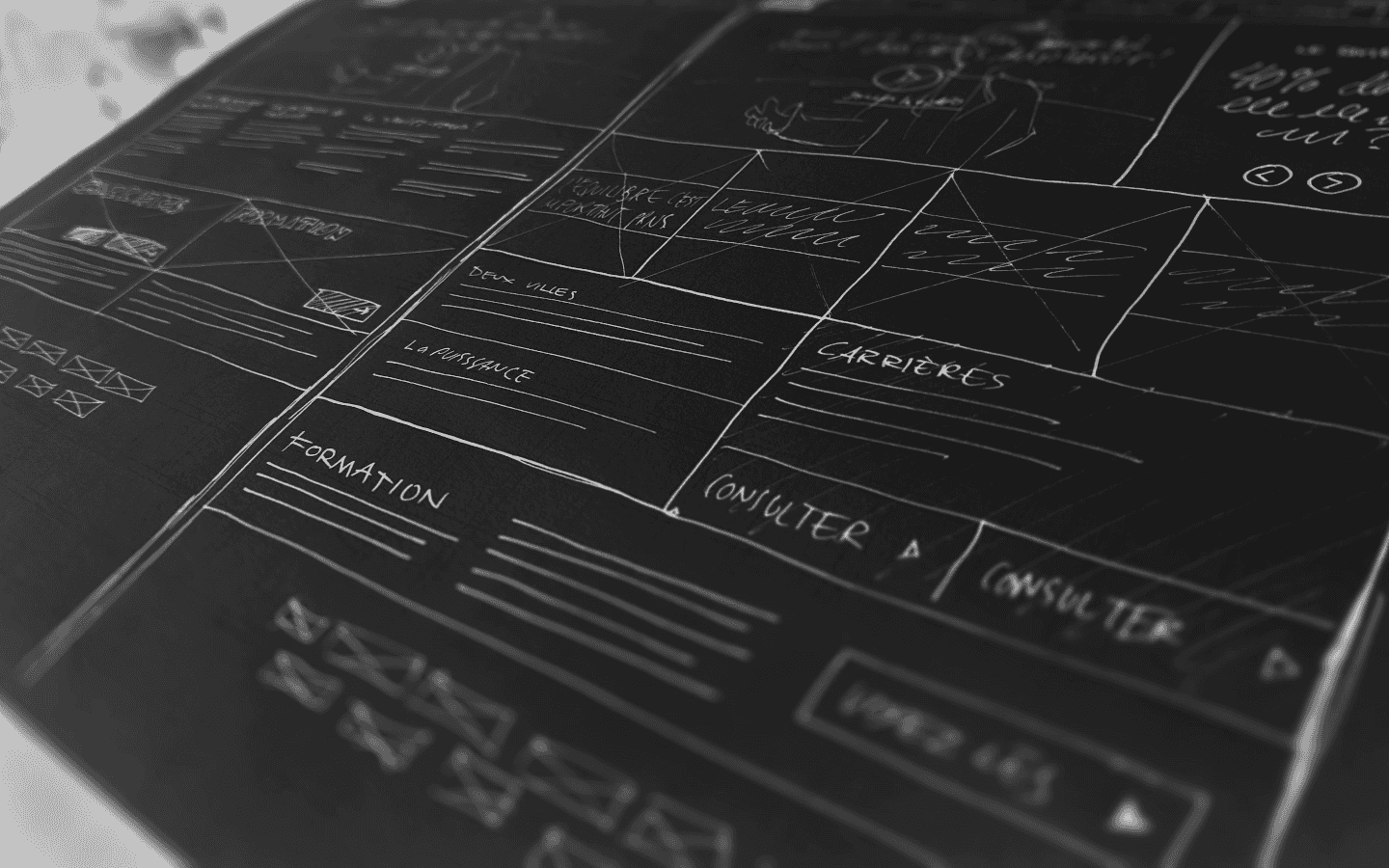Case Study: Driving Change into the Global Service Delivery Lifecycle
Global Service Transformation to a Cloud First capability, in order to drive down costs and improve agility.
December 15, 2022Case Story: Global Service Delivery Lifecycle
Introduction
Our team were recently involved in helping the CTO of a highly distributed global business drive wide range of improvements across the service, delivery and infrastructure. Having grown rapidly over the past few years, there was an need to drive improvements in both quality and resilience. Improvements in Service were sort to help reduce resources, but improve customer experience and employee retention. Poor service was seen as having a direct impact on customer acquisition and sales conversion with poor agility, badly integrated IT and complex supplier landscape.
Looking across Service Transformation, Service Design, Cloud Design and Cloud Transformation, we helped identify, plan, resource and then delivery improvements to its IT Service delivery, help consolidate its global resources, and drive improvements in service quality and security.
Their global estate had a number of business risks and issues, that had been identified as needing improvements, investment and change:
- Poor maturity in Service and change Management, leading to uncontrolled change,
- Several major service incidents, some compounded by configuration management, inconsistent deployments, and core network design issues.
- Limited maturity in security controls across cloud and on-prem platforms
- Growing financial burden from growth in uncontrolled services around the globe, limiting ability to invest in technology.
- A “legacy” IT Service delivery structure which made operational changes at local, regional and global level difficult.
- Little adoption of configuration management, DevOps or integrated tooling, leading to highly labour intensive and inconsistent deployments. Automation would be needed in-order to gain agility, consistency and delivery at scale.
The business had a rapid growth/change agenda, and IT delivery/platforming remained restrictive to those changes. Agility and quality in platform delivery was needed in order to support the organisation’s growth plans.
Working with the CTO, we designed and devised the Cloud and Security Programme plan, supporting the business case, as well as resource the key transformation people to establish the first phase. The Cloud and Security Programme governance board was established with key stakeholders, providing control and oversight, and co-ordination of stakeholders across the global estate. Cloud2.0 was born, with a goal to create the Minimal Viable Product for a new global service platform within 6 months.
The organisation had invested in a large Microsoft and O365 estate, and the design team quickly confirmed that the target would focus on an Azure-centric solution. The related Security programme wanted to rapidly adopt the Microsoft Cloud Security Framework and its related toolsets (e.g. ATP, Sentinel etc.), and therefore a Microsoft solution fitted with the existing investment, and other existing solutions based on SQL Server, and Microsoft related technologies. As a global operator, with a strong presence in China, the solution needed to join up people, processes and technology across the globe senselessly. This would help increase efficiencies and drive harmonisation across the regions.
The programme plan needed aligned to the organisations budget/planning cycle, as well as support the other business delivery programmes that were already underway. The new Cloud solution needed to align, support and not disrupt other in-flight business change activity.
Working with regional and global leads, requirements were agreed through the Global Head of Architecture and the Design Authority. An iterative approach to both design, build and test was used ( based on the TOGAF, ITIL and Azure standard patterns), and worked across the Regional IT directors to gain buy-in and support to the platform TOM, and understand the changes to the Service delivery structure.
As part of the adoption and service on-boarding, a rolling programme of education, training, dual execution and finally hand over was delivered to the client’s technical resolver group(s) based in China, enabling them to pickup and operate the new services.
Our delivery was split into 4 streams: Architecture, Engineering, Security and Migration. Each stream ran a fortnightly agile sprint, with a squad and sprint/project lead. A Programme Office, Delivery Lead, Chief Architect and Account Lead helped co-ordinate the streams and engage with the wider stakeholders. The fortnightly sprints rolled up into monthly reporting and progress review with the SRO. Fortnightly backlog refinement, demonstrations, planning and retrospectives helped drive the delivery and provide visibility to the client. Weekly stream reporting on progress and risks were rolled up into the programme risk register, which was reviewed between the stakeholders and presented to the SRO/Programme Board. Risks were then managed through the board around delivery, dependencies and external assumptions.
Service Design
To support improvement in Service Quality, increase agility in delivery and improved security of the organisation’s global platforms, the design included integrating into the organisation’s service desk tooling, enabling users the ability to request through the online catalogue new platforms from IaaS/PaaS templates. These requests were the submitted into the DevOps CD/CI tool-chain to automatically deploy to the target environment, (with tagging and supporting configuration/asset management). Templates that met the business applications templates were identified including High Availability/resilience, SQL Clusters, PaaS etc.
Integration into the Azure monitoring capability was included, with a Service Dashboard enabling the ‘Single View of Service’ to be provided. The MVP also ensured deployment of services that met the CIS security standard baseline, with integration into the organisation’s emerging SOC/SIEM capability, providing a range of event monitoring, alerting, problem management, and security incident processes.
At the end build process, the service went through formal service assurance and training, before being handed over to the Global Delivery team, for them to start the migration and adoption into their service operation.



















